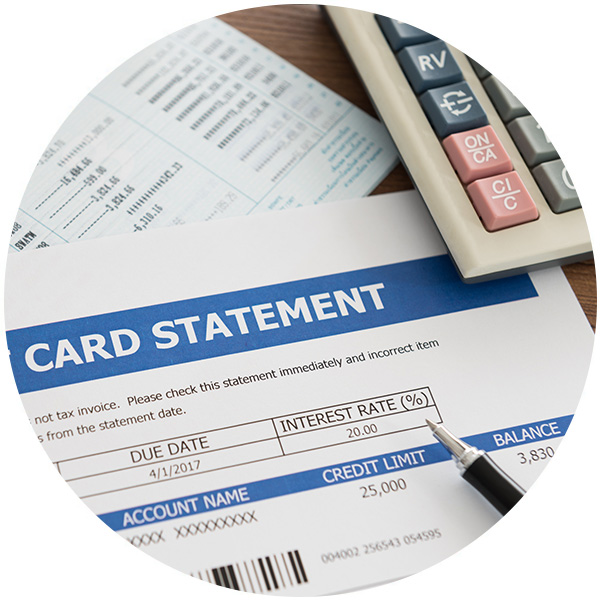Unraveling Chargeback Conundrums: The Role of Billing Descriptors
In the ever-evolving landscape of payment transactions, one often underestimated aspect is the billing descriptor, a crucial element that can influence a company’s profits and customer interactions.
Understanding Billing Descriptors
So, what precisely is a billing descriptor? It is the line of text on a customer’s bank or credit card statement detailing a specific transaction, providing a reminder of the purchase and its source. Various types of billing descriptors exist:

Pending Descriptors: These are transient and appear during transaction processing, displaying the payment processor’s name, a short code, or a concise version of the company’s name.
Static Descriptors: The most common, remaining consistent for every transaction from a particular business, typically featuring the business name and relevant contact information.
Why Inadequate Billing Descriptors Pose Issues
Unclear or unrecognizable billing descriptors can lead to customer confusion, potentially causing them to question a charge or suspect fraudulent activity.
In the simplest scenario, customers may contact the company to seek clarification on a charge. However, frequent occurrences can strain a company’s time and resources. Moreover, dissatisfied customers might dispute charges with their bank, resulting in chargebacks, a costly ordeal for businesses. Chargebacks not only entail lost sales but also incur additional fees imposed by banks. Persistent chargebacks can tarnish a company’s reputation with credit card companies, leading to elevated fees or the loss of card payment privileges.
Creating an Effective Billing Descriptor
Businesses can adopt measures to ensure their billing descriptors are clear and effective:
- Be Recognizable: Ensure that your business name is easily identifiable, opting for the name customers are most likely to know and remember.
- Provide Contact Details: Include a phone number or web address to facilitate easy customer communication for inquiries.
- Utilize Dynamic Descriptors: Incorporate descriptors that offer additional purchase details, reminding customers of specific aspects, such as the purchase date or location.
Takeaway
While billing descriptors may seem inconsequential, their impact on customer trust and business success is undeniable. Well-crafted billing descriptors can prevent confusion and distrust among customers and help businesses steer clear of chargebacks and associated customer service complications.
Diverse Payment Processing is Smart Processing
Fill out our free and quick merchant account application and let us match you with many banks that want your business.